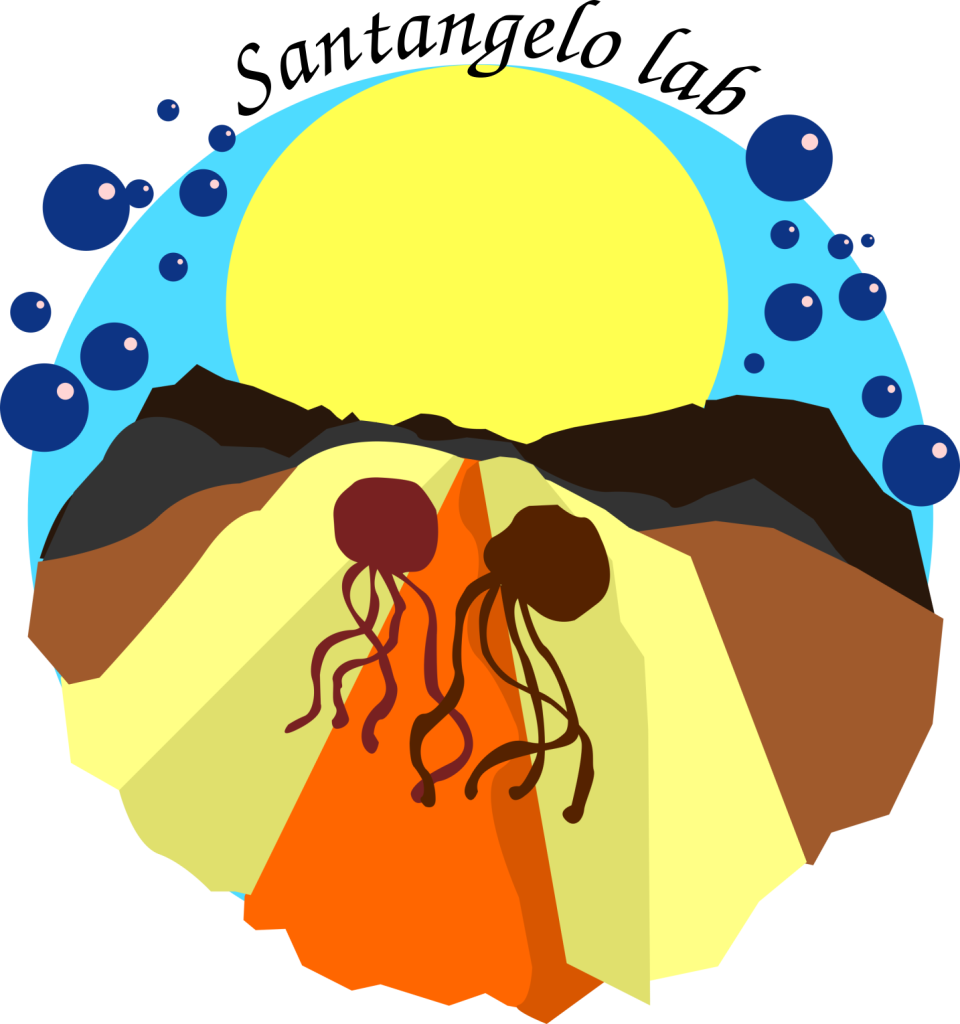Archaea
Members of the Archaea often occupy unique, harsh, and ever-changing biological niches akin to early earth. These organisms include heat-, salt-, acid-, pressure- and radiation-loving microbes. The mechanisms that allow extremophiles to thrive under such hostile conditions is largely undefined.
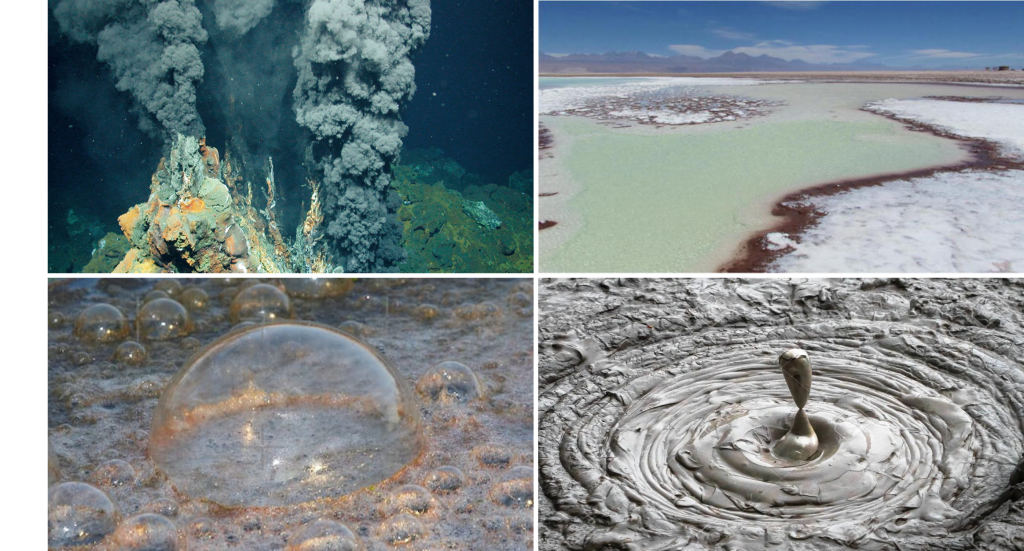
Archaea are the progenitors to Eukarya
Archaea and bacteria are prokaryotes – they lack a nucleus. But Archaea are the progenitors to Eukarya and share significant homology in their proteins that control DNA- and RNA-driven processes.
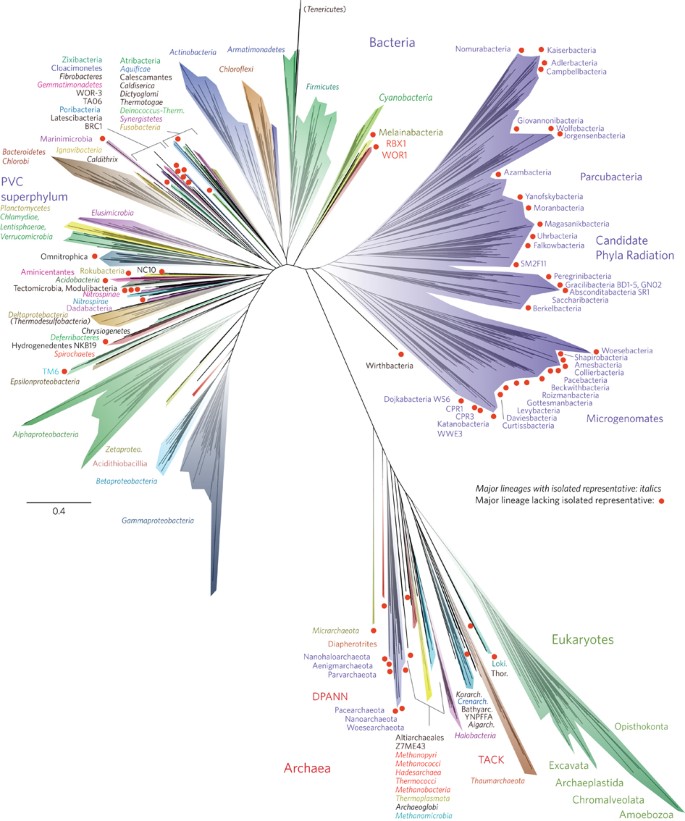
T. kodakarensis is a heat-loving archaeon
Thermococcus kodakarensis is a marine microbe first isolated from a hot spring in Japan. Thermococcus grows at 55-98oC with a growth optima of 85oC. In the lab, we grow Thermococcus in artificial sea water in liquid or solid medium.
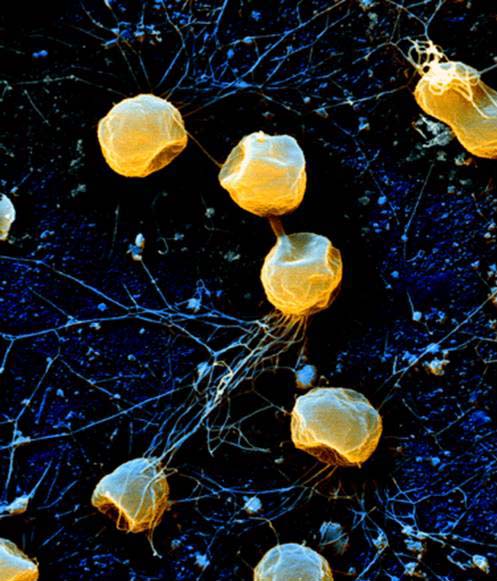
T. kodakarensis is genetically tractable
Using relatively simple genetic techniques, the genome can be edited markerlessly.
Gene deletions, insertions, and allelic substitutions can be achieved within weeks.
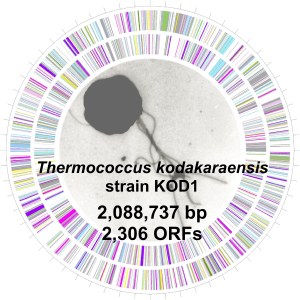
T. kodakarensis is an anaerobe
T. kodakarensis is cultured in anaerobic chambers filled with a nitrogen and hydrogen gas mix. Liquid cultures are grown in serum vials, capped with a airtight septum. Steel canisters allow us to maintain anaerobicity while cells grow on plates.
Thermococcus also reduces sulfur instead of oxygen. Sulfur flower can be added to growth medium and is reduced to hydrogen sulfide resulting in a black, smelly precipitate after growth.
Our lab is stocked with state-of-the-art equipment that allows us to purse science rigorously and unhindered.
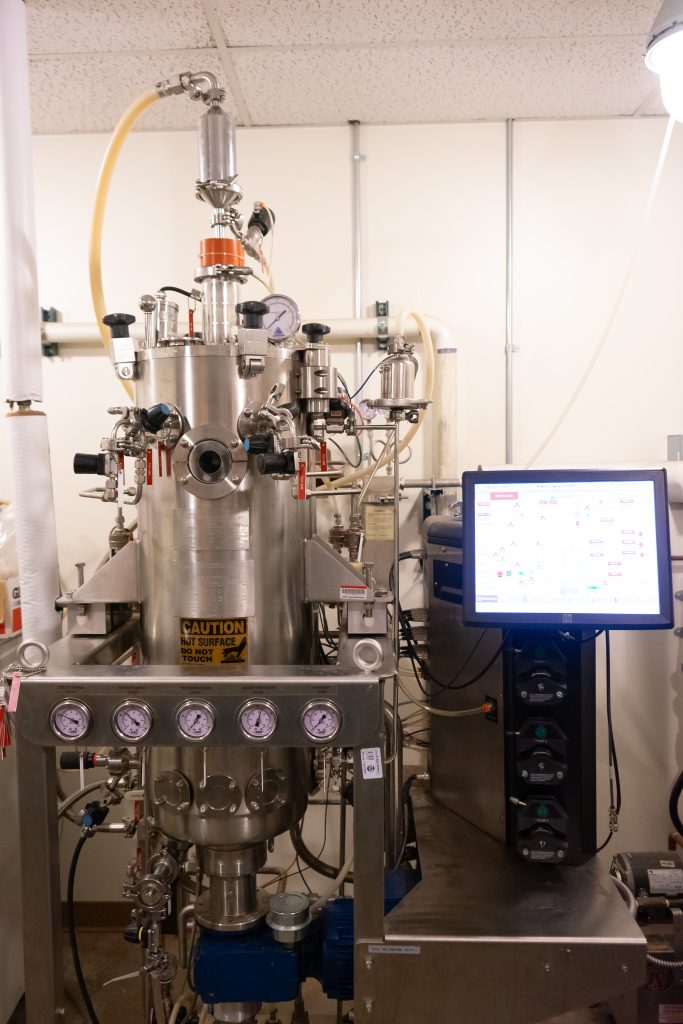
Fermentation
We home a 60 L vessel capable of aerobic and anaerobic culturing. At time of harvest, cultures are fed into a Beckman centrifuge (“becky”) via continuous flow centrifugation, allowing users to rapidly generate cell pellets from large culture.
Santangelo Lab
Powered by WordPress
